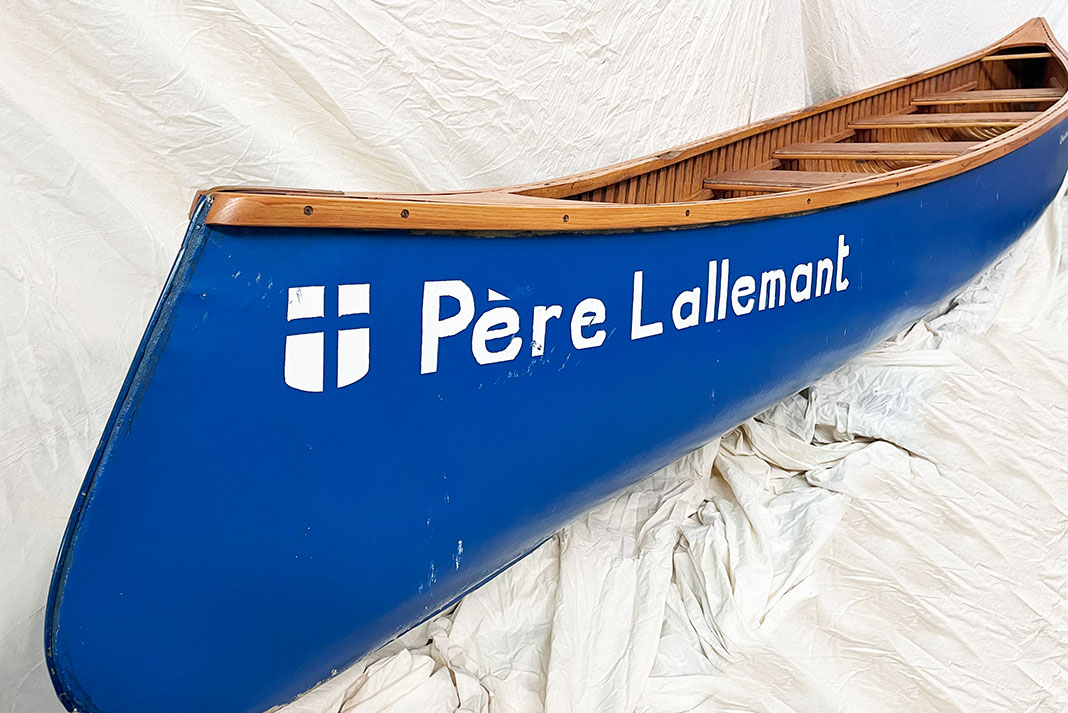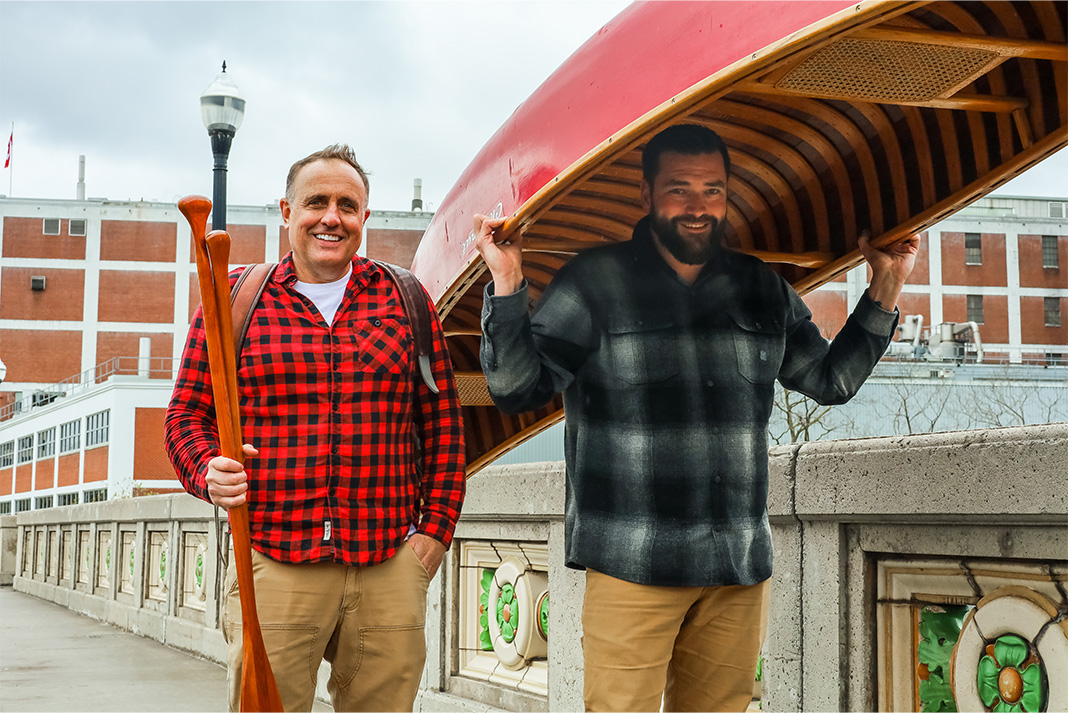A canoe can change a life—imagine, for example, how many children have been affected by fleets at summer camps or grown folks by beat-up livery boats. But that’s kind of a personal thing. What about more famous canoes, ones that have changed the world?
Remembering the storied canoes that changed the world
The very first canoe undoubtedly deserves a place on this list. By first canoe, I mean the result of the first Hominid inkling that hollowing out and sharpening the end of the log they were using to cross the river might be a good idea. This was probably also the very first boat, the technological inflection point that began the entire march of maritime history. From bateaus to barques, canal boats to clipper ships, frog-ponders to freighters, coracles to container ships, the whole idea of moving people and goods over water began with that first hand-hewn dugout.
That DIY boat-building project probably happened in Africa, the cradle of Hominid evolution. Not surprisingly, we lack specifics on exactly where, or of what wood, or by whom this boat was built. But we do have several very old dugouts, including an 8.4-meter beauty thought to be between 6,000 and 8,000 years old that was discovered in Dafuna, Nigeria. Scientists involved in validating and investigating this remarkable find in the late 1980s concluded the vessel showed sufficient design sophistication and adapted tool use to deduce this boat-building technology had been in development for a long time and that the design was definitely not new either. Next time you’re on your windsurfer, anywhere near a commercial harbor, or heading to a tall ships parade, keep in mind all of that began with a canoe.

From the famed Tilikum to Orellana
Fast-forward to modern times where there are canoes that might not have had the global impact, in a geographic sense, of the Dafuna canoe, but that certainly altered perceptions of what was possible in the world of canoeing. There was Tilikum, a 12-meter Indigenous-made Nuu-chah-nulth dugout canoe that was converted to a three-masted schooner and was sailed west around the world, from Victoria, British Columbia to London, England, by Captain John C. Voss between 1901 and 1904. Tilikum rests in the collection of the British Columbia Maritime Museum in Vancouver.
And then there was the bandy 6.7-meter fiberglass canoe called Orellana that took Don Starkell and his sons on an epic paddling adventure 20,000 kilometers from their home on the Red River in Winnipeg, Manitoba to the mouth of the Amazon River in South America. This storied canoe is in the collection of the Canadian Canoe Museum in Peterborough, Ontario.
The sad story of the Père Lallemant
Lately, however, as we’ve been preparing exhibits for the new Canadian Canoe Museum that will be opening on Little Lake in Peterborough this fall, I’ve been reworking the story of a big blue Chestnut canoe I think changed the world of canoeing forever. Measuring the same length as Orellana, this canvas-covered canoe is called Père Lallemant and was one of the four vessels involved in the 1978 St. John’s School tragedy on Lake Temiskaming, in which 12 boys and one young master died on a high school canoe trip.
Without going into the details of the event (you can find those in a book called Deep Waters and a TVO film called Acceptable Risk?) suffice it to say a welter of canoeing instructors and certifying organizations all over the world took the lessons of the Temiskaming tragedy to heart and wrote them into standards of practice, certifying expectations and the general lore of how things should be done with youth—with any client group, really—in big canoes. The reason the Père Lallemant canoe is going to be the capstone experience in the exhibit zone of the new Canadian Canoe Museum called “Pushing the Limits” is that this vessel uniquely represents a sea change in thinking about big canoe practices and about canoe safety in general.
For better and for worse—we can never forget those lives that were so unnecessarily lost—this big blue canoe changed forever the world of canoeing. It’s just one of the reasons to make your way online to follow the developments as the new Canadian Canoe Museum takes shape or to stay tuned for details of the upcoming grand opening this fall.
James Raffan’s Tumblehome columnfirst appeared in the Spring 2006 issue of Canoeroots.
The famous canoe we wish no one knew about. | Feature photo: Courtesy The Canadian Canoe Museum




 This article was first published in the 2023 Paddling Buyer’s Guide.
This article was first published in the 2023 Paddling Buyer’s Guide. 





A canoe regardless of length is always measured in feet, never in meters.